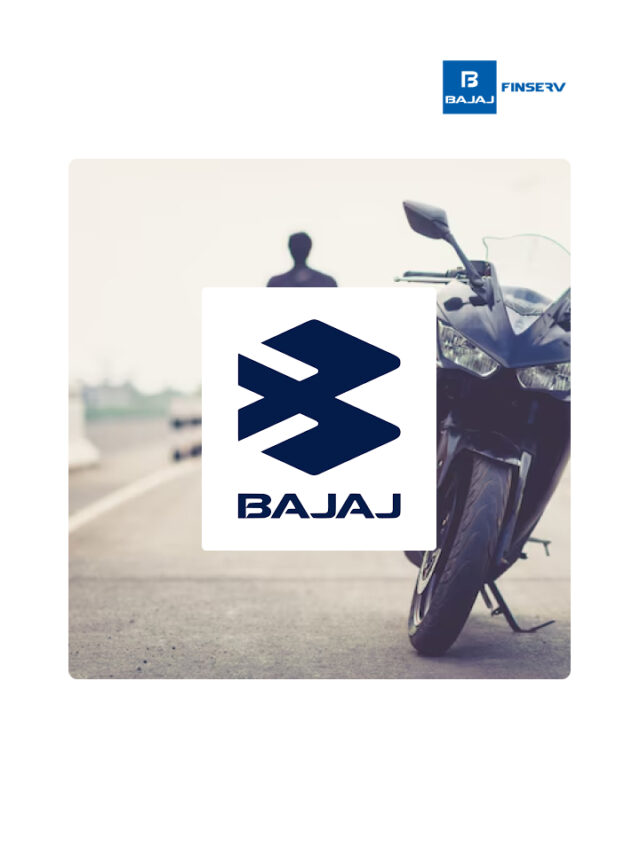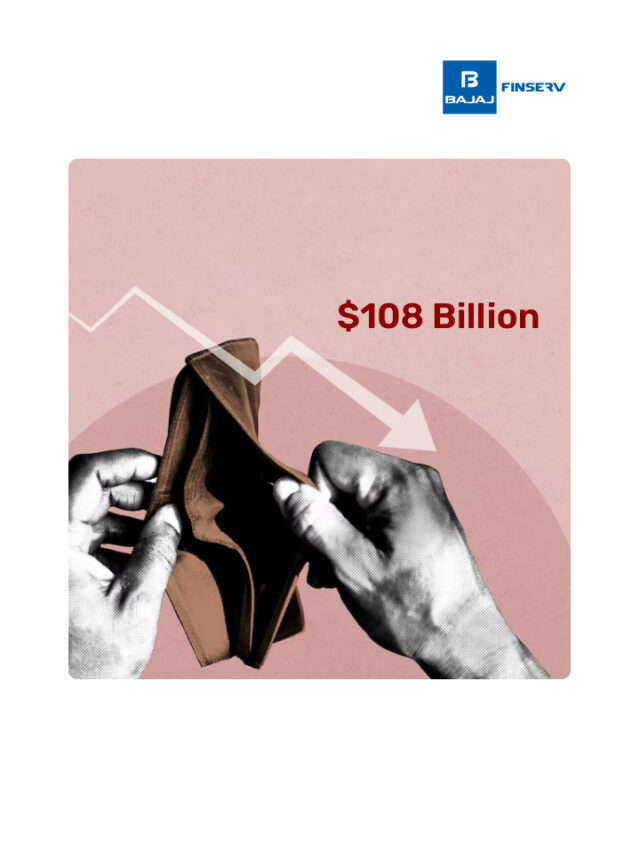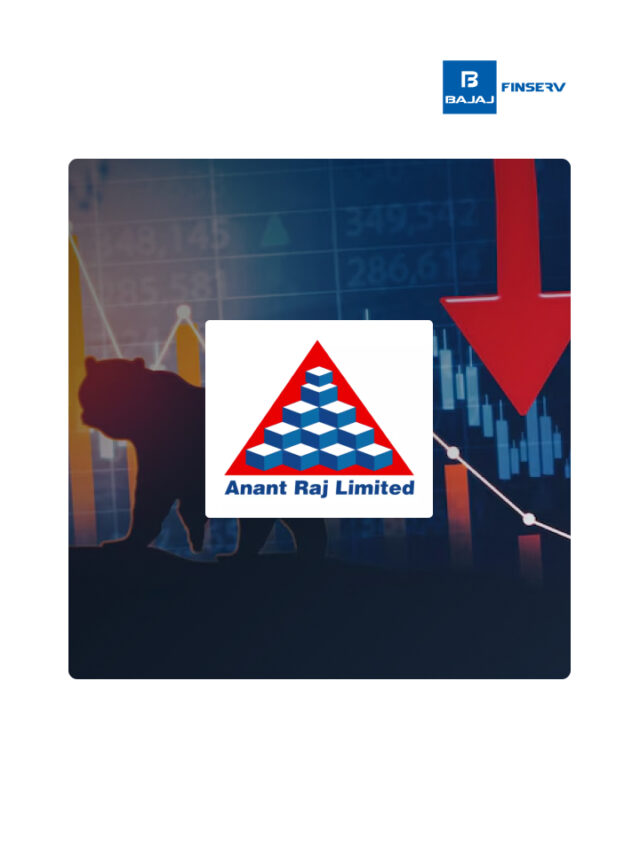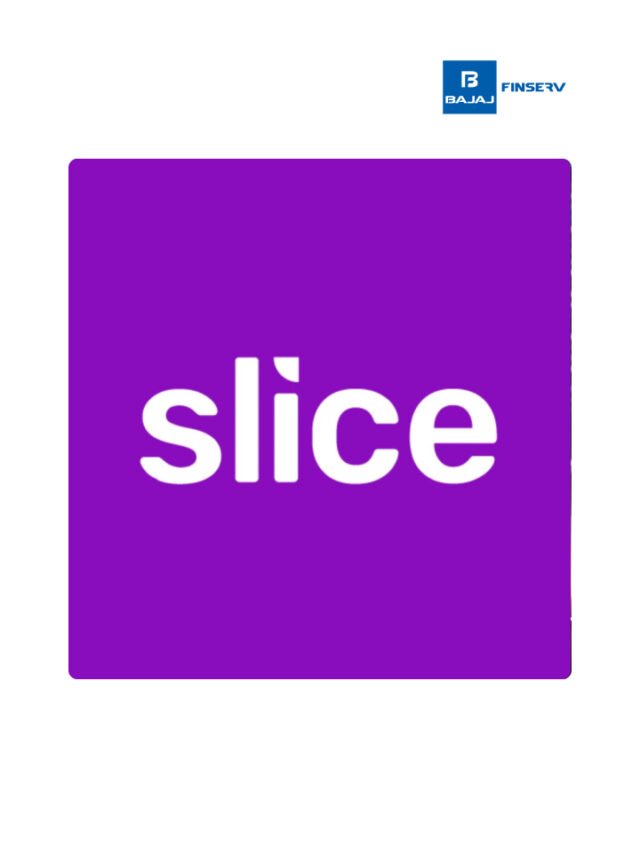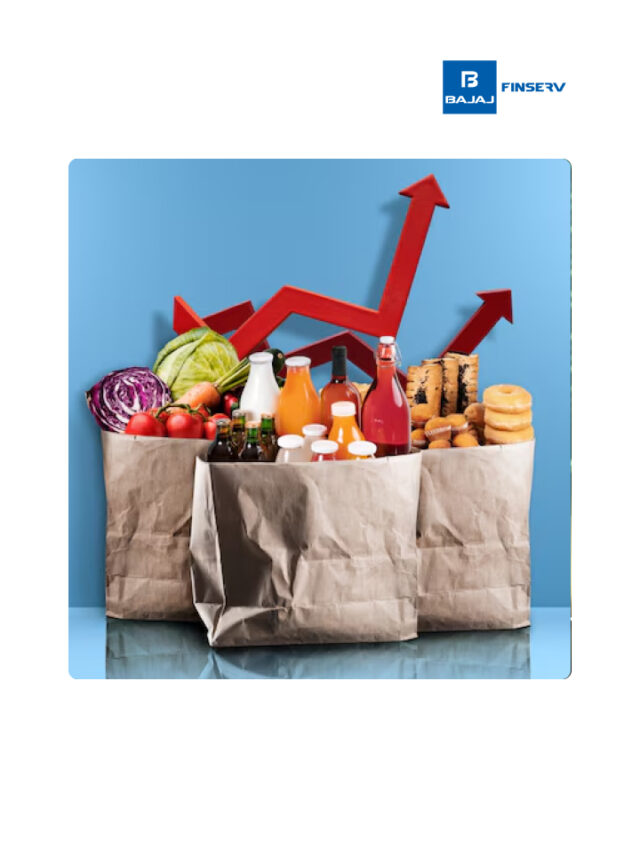Advantages of Home Loans for Women in India
Last Updated on October 17, 2023 by BFSLTeam BFSLTeam

With the increasing participation of women in the workforce in India, their role in managing their household’s financial decisions is also on the rise. To promote women’s home ownership, banks and non-banking financial companies (NBFCs) are offering additional perks with their home loan products. These benefits include favourable interest rates and higher chances of loan approval. Furthermore, the trend of women participating in co-ownership of homes is growing, as including women as co-applicants enhances the affordability of home loans.
Table of Content [hide]
1. Favourable Interest Rates
Many home loan institutions offer reduced interest rates to women applicants, leading to lower Equated Monthly Instalments (EMIs) and substantial long-term savings.
2. Benefits of Co-Borrowing
- Women can apply as co-borrowers with their spouses, enabling them to combine their incomes. This results in higher loan eligibility and greater flexibility in choosing the right home for their family.
- Both men and women co-borrowers enjoy tax deductions on home loan repayments, with a maximum deduction of Rs. 1.5 lakh on principal and Rs. 2 lakh on interest.
Home Loan Tax Benefits for Individuals
- Principal under Section 80C: Rs. 1,50,000
- Interest under Section 24: Rs. 2,00,000
- Total Deductible: Rs. 3,50,000
Home Loan Tax Benefits for Couples
- Principal under Section 80C: Rs. 3,00,000
- Interest under Section 24: Rs. 4,00,000
- Total Deductible: Rs. 7,00,000
Note: Tax benefits are proportional to the contribution of each co-applicant in the repayment of principal and interest, subject to the mentioned limits.
Also Read: How Indian Women Can Benefit from Government Schemes
3. Lower Stamp Duty
Many state governments encourage female home ownership by offering reduced stamp duty charges, typically by 1-2%. This results in significant savings, such as Rs. 80,000-Rs. 1,60,000 on an Rs. 80 lakh property.
4. PMAY Empowerment
- The Pradhan Mantri Awas Yojana (PMAY) mandates female co-ownership for the female head of the family.
- In the Economically Weaker Section (EWS) and Low Income Group (LIG) segments of the PMAY scheme, preference is extended to widows and single women, making it a transformative initiative for their housing needs.
Tax Advantages for Women on Home Loans
Regardless of gender, the government provides tax benefits on home loans, with potential deductions of up to Rs. 3.5 lakh under the Income Tax Act, 1961. Specifically for women, Section 80C of the Income Tax Act enables a tax deduction of up to Rs. 1.5 lakh on home loan repayments, while Section 24(b) of the Income Tax Act allows them to claim a tax deduction of up to Rs. 2 lakh on home loan interest. These tax benefits double when women opt for joint home loans with their spouses or close relatives, provided both share ownership of the property.
Securing a home loan necessitates meticulous long-term planning, including comparing interest rates, features, and associated advantages. Always assess your home loan eligibility to determine your qualified amount and identify ways to enhance it.
Enhanced Likelihood of Loan Approval
Lenders assess various factors such as income, credit score, and repayment capability of co-applicants when evaluating the eligibility of the main loan applicant. If a female co-applicant joins the application, she shares the responsibility for loan repayment, reducing the credit risk for lenders. As a result, this augmentation in creditworthiness can elevate the chances of the primary applicant’s home loan approval. Consequently, individuals facing challenges in securing a home loan due to low credit scores, limited income, or insufficient repayment capacity may explore the option of including a financially contributing female family member as a co-applicant. The collective income and repayment capacity of the primary applicant and the female co-applicant can also boost their eligibility for a higher loan amount.



